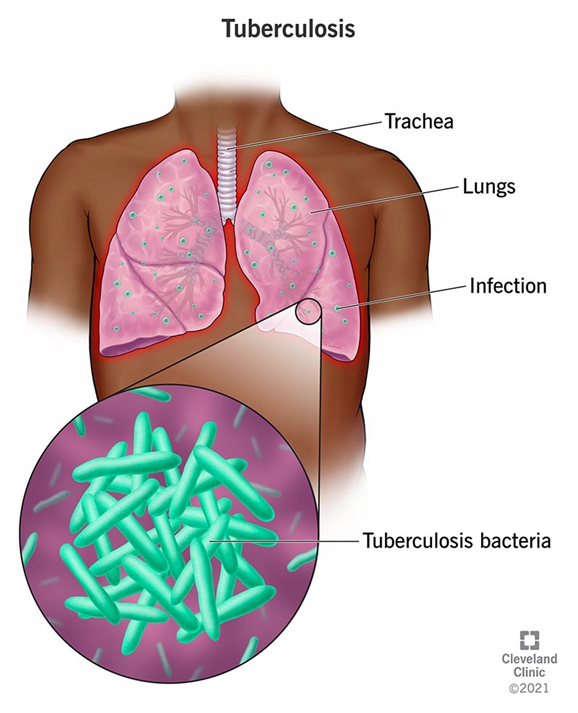A nurse is collecting data from a client who has insomnia. The nurse should identify that which of the following is likely to disrupt sleep?
Exercise three times a week in the mornings.
Go to bed at the same time every evening.
Have two glasses of wine every night before bedtime.
Get out of bed when unable to sleep.
The Correct Answer is C
Choice A reason: Regular morning exercise can actually promote better sleep. It helps to regulate the body's clock and can lead to deeper, more restful sleep. However, exercising too close to bedtime may have the opposite effect.
Choice B reason: Going to bed at the same time every evening can help establish a consistent sleep-wake cycle, which is beneficial for people who have insomnia. This regularity can make it easier to fall asleep and wake up naturally.
Choice C reason: Alcohol consumption before bedtime can disrupt sleep patterns. While it may initially help someone fall asleep, it often leads to poorer quality of sleep and can cause awakenings throughout the night.
Choice D reason: If unable to sleep, getting out of bed can be a good strategy. It's part of stimulus control therapy for insomnia, which advises leaving the bed if you can't sleep, so you don't associate the bed with wakefulness
Nursing Test Bank
Naxlex Comprehensive Predictor Exams
Related Questions
Correct Answer is D
Explanation
Choice A reason: Gloves are typically removed first because they are likely to be the most contaminated. They should be removed carefully to avoid contaminating the hands, using the glove-in-glove or beak method.
Choice B reason: The gown should be removed after the gloves because it may also be contaminated. The nurse should reach up to the shoulders and carefully pull the gown forward and away from the body, touching only the inside of the gown.
Choice C reason: Eyewear is removed after the gown. The nurse should handle the eyewear by the arms, avoiding touching the front part that has been exposed to contaminants.
Choice D reason: The mask should be removed last because it protects the mucous membranes of the mouth and nose from infectious droplets. It should be taken off by handling the ties or elastic bands from behind the head and pulling it away from the face without touching the front of the mask.
Correct Answer is B
Explanation
Choice A reason: Scarlet fever is caused by a bacterium that produces a toxin leading to a rash. It is typically spread through respiratory droplets, and while standard precautions are necessary, an N95 respirator is not required.
Choice B reason: Tuberculosis is an airborne infectious disease that requires the use of an N95 respirator to protect against inhaling the bacteria, especially in cases of pulmonary tuberculosis. This type of respirator filters out at least 95% of airborne particles, including Mycobacterium tuberculosis.
Choice C reason: Mycoplasmal pneumonia, also known as "walking pneumonia," is caused by Mycoplasma pneumoniae and is typically less severe than other types of bacterial pneumonia. Standard precautions, including the use of surgical masks, may be sufficient unless there is a risk of aerosol-generating procedures.
Choice D reason: Scabies is caused by a mite that burrows into the skin. It is spread through direct skin-to-skin contact, and an N95 respirator is not needed for protection against scabies.

Whether you are a student looking to ace your exams or a practicing nurse seeking to enhance your expertise , our nursing education contents will empower you with the confidence and competence to make a difference in the lives of patients and become a respected leader in the healthcare field.
Visit Naxlex, invest in your future and unlock endless possibilities with our unparalleled nursing education contents today
Report Wrong Answer on the Current Question
Do you disagree with the answer? If yes, what is your expected answer? Explain.
Kindly be descriptive with the issue you are facing.
